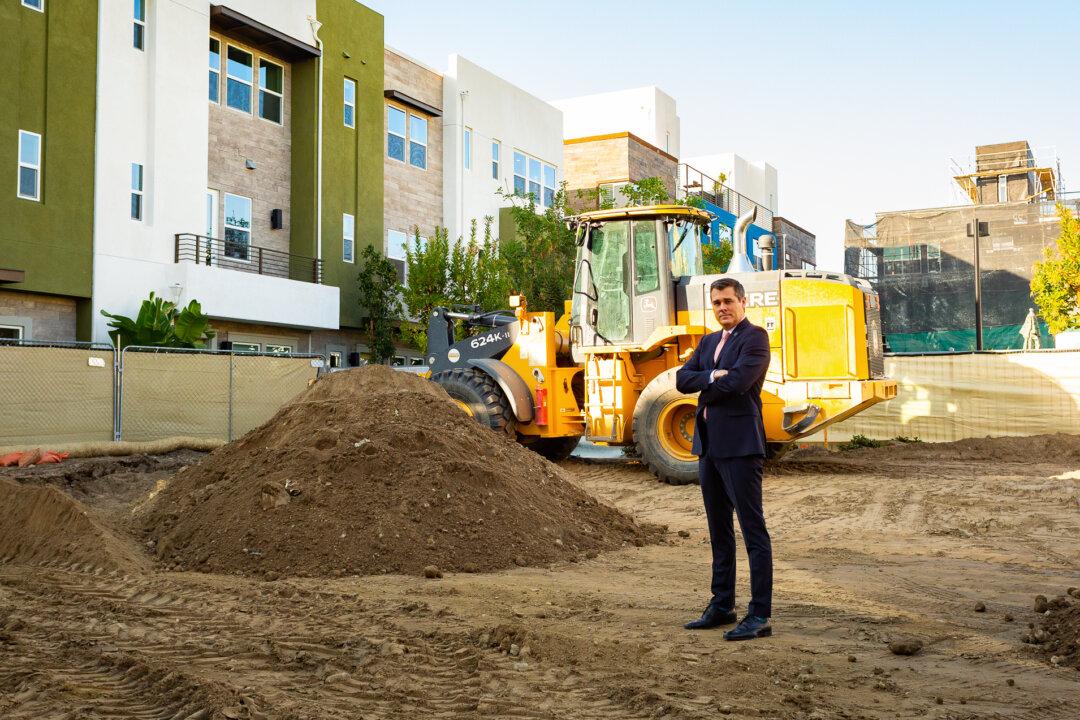Cities throughout Orange County, California, are appealing state-mandated quotas to build more high-density and affordable housing. Some local officials say the quotas are too high and have been shifted unfairly from nearby counties.
Irvine, Newport Beach, Yorba Linda, Huntington Beach, Laguna Beach, and Mission Viejo are among the cities that have launched appeals with the Southern California Association of Governments (SCAG), which are scheduled to be heard through Jan. 22.





